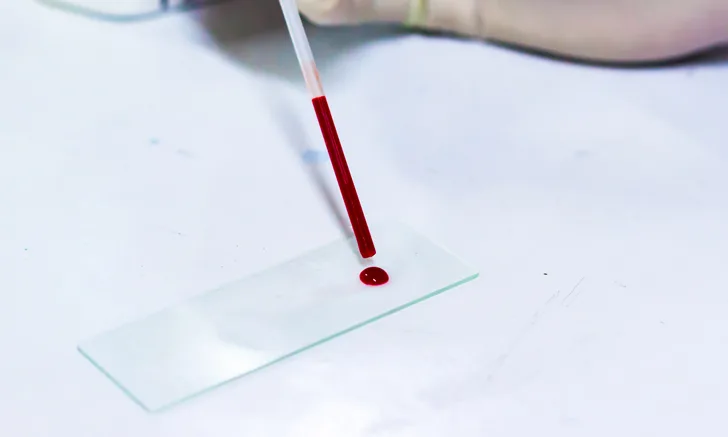Differential Diagnoses: Basophilia
Julie Allen, BVMS, MS, MRCVS, DACVIM (SAIM), DACVP (Clinical), Durham, North Carolina

Following are differential diagnoses, listed in order of likelihood, for patients presented with basophilia. Of note, because basophilia is typically seen in association with eosinophilia, many of the differentials are associated more with eosinophilia. Basophilia alone is rare and, when noted, is often a paraneoplastic phenomenon.
Parasitism (eg, Dirofilaria immitis, Acanthocheilonema reconditum, Aelurostrongylus abstrusus, Angiostrongylus vasorum, ticks)
Hypersensitivity/allergic disease
Idiopathic hypereosinophilic syndromes (eg, eosinophilic bronchopneumopathy)
Paraneoplastic cause
Lymphoma
Mast cell neoplasia
Chronic myeloid leukemia
Essential thrombocythemia
Polycythemia vera
Miscellaneous tumors (eg, primary hepatic chondroblastic osteosarcoma in a cat)
Basophilic leukemia
Drug reaction
Heparin
Penicillin